Heading up to the mountains can be an incredible experience, but altitude sickness has a way of turning your dream adventure into a miserable ordeal. Whether you’re planning to climb a peak, ski at a high-altitude resort, or just visit a mountain town, your body needs time and help to adjust to the thinner air above 8,000 feet.
The good news is that altitude sickness is largely preventable if you know what you’re doing. Here is a list of 19 proven measures that can help you stay healthy and enjoy your high-altitude adventures.
Ascend Gradually

Your body needs time to adapt to lower oxygen levels, so rushing to high elevations is like throwing yourself into the deep end without learning to swim first. The golden rule is not to sleep more than 1,000-2,000 feet higher than the previous night once you’re above 8,000 feet.
This gives your body’s natural acclimatization process time to catch up with your ambitious hiking schedule.
Stay Hydrated

Dehydration and altitude sickness go hand in hand like a bad country song. At high elevations, you lose moisture through breathing faster than you realize, and dehydration makes altitude symptoms much worse.
Aim to drink at least 3–4 liters of water daily. If your urine appears darker than pale yellow, increase your water intake.
Like Travel Pug’s content? Follow us on MSN.
Avoid Alcohol
That celebratory beer at the summit lodge might seem tempting, but alcohol is altitude sickness in a bottle. It dehydrates you, interferes with your sleep quality, and can mask the early warning signs that your body is struggling with the elevation.
Save the drinks for when you’re back at lower elevations where your body can handle them properly.
Get Adequate Sleep

Poor sleep at altitude creates a vicious cycle where you feel worse, sleep worse, and then feel even more terrible the next day. Your body does most of its altitude adaptation work while you’re sleeping, so prioritizing 7–8 hours of quality rest is crucial.
Consider bringing earplugs and an eye mask, as mountain accommodations may not always be the quietest or darkest.
Eat Carbohydrates

Your body burns through carbohydrates more efficiently at high altitudes, making them your best friend when the air gets thin. Focus on complex carbs like oatmeal, whole grain pasta, and quinoa rather than simple sugars that cause energy crashes.
Think of carbs as premium fuel for your high-altitude engine.
Like Travel Pug’s content? Follow us on MSN.
Take It Easy Initially
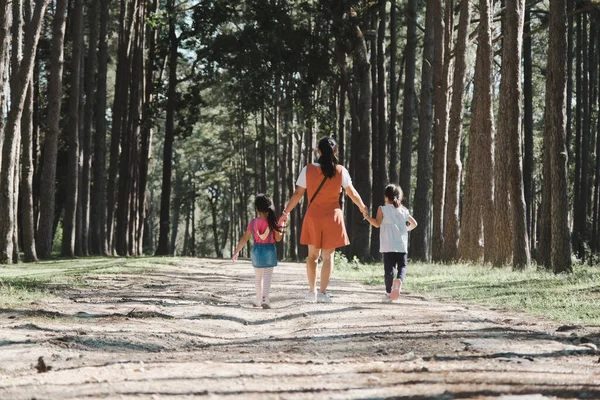
That first day at elevation isn’t the time to prove you’re a mountain superhero. Light activities, such as gentle walks or easy sightseeing, give your body a chance to adjust without overwhelming it.
You can ramp up the intensity after a day or two once you understand how your body reacts to the new environment.
Consider Diamox

Acetazolamide, commonly known as Diamox, is like training wheels for your altitude adjustment. This prescription medication helps your body acclimate more quickly and can help prevent symptoms of altitude sickness before they occur.
Talk to your doctor before your trip since you’ll want to test how your body reacts to it before you’re actually at altitude.
Learn Warning Signs
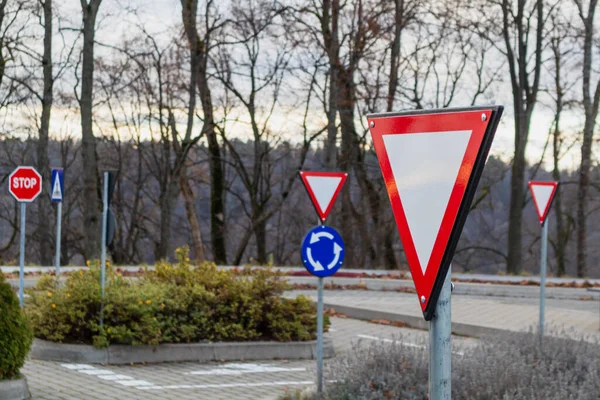
Altitude sickness doesn’t sneak up on you — it sends clear warning signals if you know what to look for. Headaches, nausea, fatigue, and dizziness are your body’s way of saying, ‘Hey, slow down up here.’
The key is taking these symptoms seriously rather than trying to tough it out like some kind of mountain warrior.
Like Travel Pug’s content? Follow us on MSN.
Pack Ibuprofen
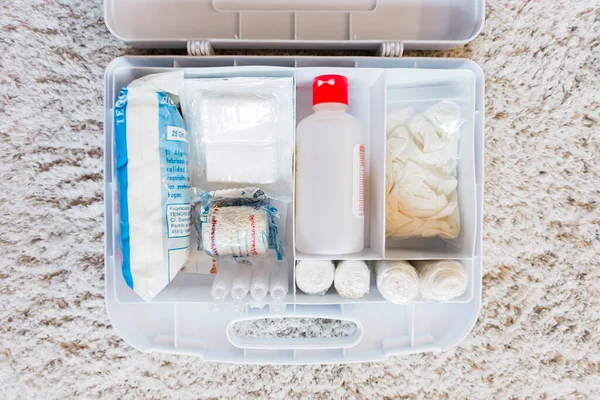
A simple over-the-counter pain reliever can be surprisingly effective against altitude headaches and general discomfort. Ibuprofen also has mild anti-inflammatory properties that may help with some altitude-related symptoms.
Just don’t use it to mask serious symptoms that require medical attention or intervention.
Avoid Sleeping Pills

Anything that depresses your breathing at altitude is playing with fire. Sleeping pills and other sedatives can slow down your respiratory rate just when your body needs all the oxygen it can get.
If you’re having trouble sleeping, try natural methods like relaxation techniques or a warm drink before resorting to medication.
Train Beforehand

You can’t exactly simulate high altitude at sea level, but getting in good cardiovascular shape gives your body a head start. Strong lungs and a healthy heart handle the stress of thin air much better than their out-of-shape counterparts.
Think of fitness training as building a bigger engine for the demands of high-altitude adventures.
Like Travel Pug’s content? Follow us on MSN.
Descend When Necessary

Sometimes the mountain wins, and that’s perfectly okay. If symptoms get worse despite rest and basic treatments, going down 1,000–2,000 feet often provides dramatic relief within hours.
Your pride might take a hit, but your brain and lungs will thank you for making the smart choice.
Limit Caffeine

While a morning cup of coffee is fine, going overboard with caffeine can worsen dehydration and sleep problems at altitude. Caffeine is also a diuretic, which means it makes you lose even more of that precious water your body desperately needs.
Stick to moderate amounts and balance them with extra water intake.
Use Proper Gear
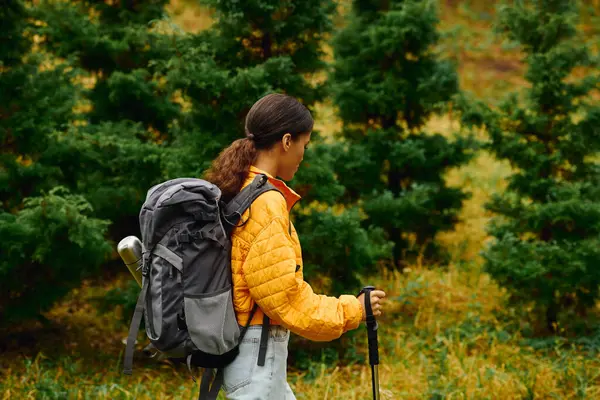
The right equipment won’t prevent altitude sickness, but being cold, wet, or uncomfortable makes everything worse when you’re already dealing with thin air. Quality layers, waterproof gear, and proper footwear help your body focus on adjusting to altitude rather than fighting off hypothermia.
Comfort gear is performance gear at high elevations.
Like Travel Pug’s content? Follow us on MSN.
Monitor Others
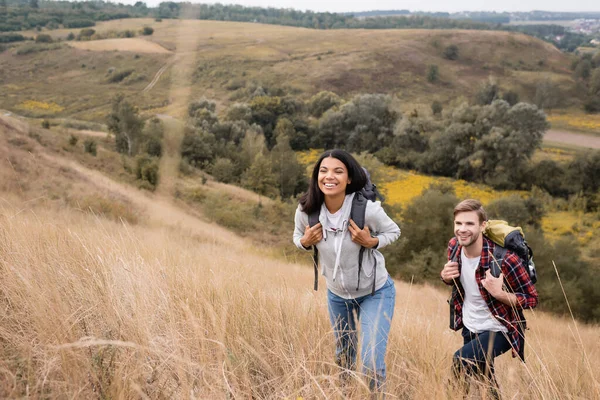
Altitude sickness can mess with your judgment, making it harder to recognize when you’re in trouble. Travel companions should keep an eye on each other for symptoms like confusion, severe headaches, or unusual behavior.
Sometimes, an outside perspective is the difference between a minor setback and a dangerous situation.
Eat Light Meals

Your digestive system works harder at altitude, so heavy, greasy meals can leave you feeling sluggish and nauseous. Smaller, frequent meals with easily digestible foods keep your energy steady without overwhelming your already-stressed system.
Think trail mix and soup rather than a giant cheeseburger and fries.
Stay Warm

Cold stress adds another layer of difficulty when your body is already working overtime to adapt to thin air. Proper insulation and dry clothing help your body maintain core temperature without burning extra energy.
Being cold also tends to exacerbate the symptoms of altitude sickness.
Like Travel Pug’s content? Follow us on MSN.
Avoid Strenuous Exercise

The first 24–48 hours at a new elevation aren’t the time for personal records or epic adventures. Light movement is good, but pushing your limits when your body is still adjusting is like redlining a car engine before it’s warmed up.
Save the intense activities for after your body has had time to adapt.
Plan Rest Days

Building rest days into your itinerary isn’t admitting weakness — it’s smart trip planning. These recovery days let your body catch up with rapid elevation changes and give you time to enjoy the scenery without feeling miserable.
Many experienced mountain travelers swear by the ‘climb high, sleep low’ approach when possible.
The Mountain Will Always Be There
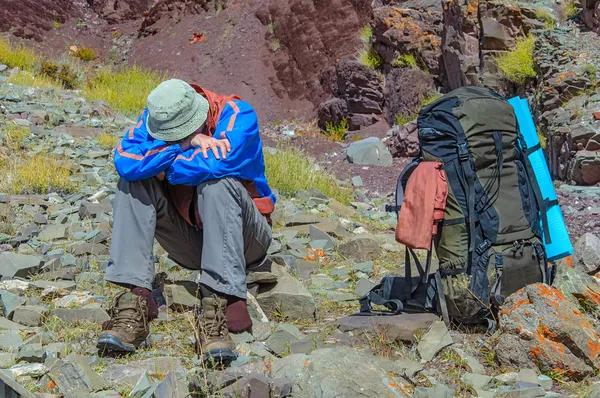
Altitude sickness prevention ultimately comes down to respecting the mountains and listening to your body’s signals. The peaks, trails, and adventures that draw us to high places have been there for millions of years and will still be there when you’re properly prepared to enjoy them.
Smart preparation and cautious decision-making turn potentially dangerous situations into the incredible experiences you came for in the first place.
Like Travel Pug’s content? Follow us on MSN.
More from Travel Pug

- 20 Best Beach Towns in the Carolinas
- 13 Destinations Where Tourists Regularly Regret Their Trip
- 20 Things You Actually Get in First Class
- 20 Small Airports With Aviation Museums
- 20 Places in the U.S. That Are Perfect for a Reset Trip
Like Travel Pug’s content? Follow us on MSN.
